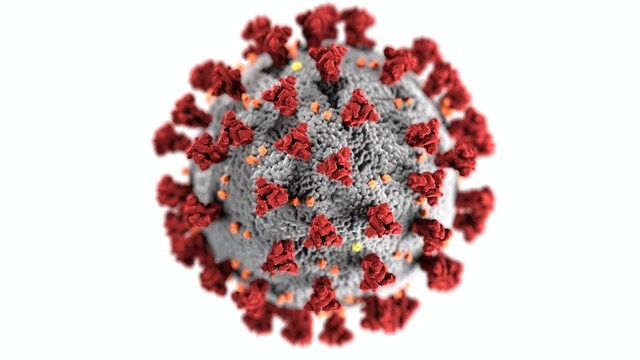A strange pulmonary sickness first appeared in Russia in 1889 and subsequently propagated around the world, causing at least several outbreaks of infectious disease over all of the period of many decades.
Russian Flu and Its Diverse Effect To Healthcare

According to a New York Times report, numerous experts believe the sickness, called the Russian flu, was triggered by a disease outbreak coronavirus identical to SARS-CoV-2, the viral infection that tends to generate COVID-19.
There have been some obvious connections with both the two catastrophic events. For example, all through the Russian flu epidemic, education institutions and companies were forced to halt owing to the substantial percentage of afflicted persons.
The Individuals exposed to the virus frequently compromised their sensations of flavor and aroma, as well as others experienced long-term clinical signs that lasted for about several months.
As per to the extant social and cultural sources, which would usually involve official healthcare information, magazine articles, and research papers, the Russian flu seems to murder considerably quite old individuals than young kids, in contrast to influenza strains, which feel compelled to be equally lethal to each of these segments of the population.
In an interview with Live Science, a flu research associate and senior lecturer of medical field at the Icahn School of Medicine at Mount Sinai in New York, Mr. Peter Palese, claims that even though these characteristics of the Russian influenza disease outbreak bring to mind those of the contemporary global epidemic, the main objective that the Russian flu was engendered by a coronavirus has been and still is pure speculation.
Furthermore, numerous professionals and scholars agreed, while some believe that while there may be strong scientific proof to substantiate the theory, it has by far to be discovered.
The Connection of Coronavirus to the Russian Flu
Experts like the chairman of the National Institute of Allergy and Infectious Diseases' highly contagious pathogenic mechanisms and development branch, Dr. Jeffery Taubenberger, and distinguished doctoral candidate of virology at Queen Mary, University of London, Mr. John Oxford, are looking for this kind of scientific proof.
Taubenberger and Oxford have been hunting for remains of influenza strains and coronaviruses in conserved pulmonary clinical specimens dating back to the 1918 flu epidemic. The two experts expect to find the enigmatic Russian influenza infection among all these body tissue.
According to the New York Times, Dr. Scott Podolsky, a senior lecturer of international healthcare and humanitarian medical science at Harvard Medical School, and Dominic W. Hall, director of the Warren Anatomical Museum at Harvard, are also hunting for conserved respiratory system from the very same span of time.
If DNA evidence from the Russian infectious agent is found in these airways, it may provide additional perspective into how the epidemic terminated, given press information at the event provides minimal understanding.
If a coronavirus produced the late-nineteenth-century epidemic, some experts claim the pathogen is still making the rounds as being one of the four viral pathogens that commonly infects the ordinary chill instead of just serious sickness.
© 2025 NatureWorldNews.com All rights reserved. Do not reproduce without permission.





